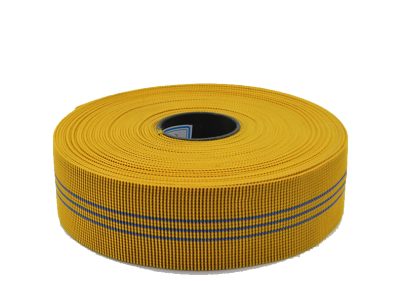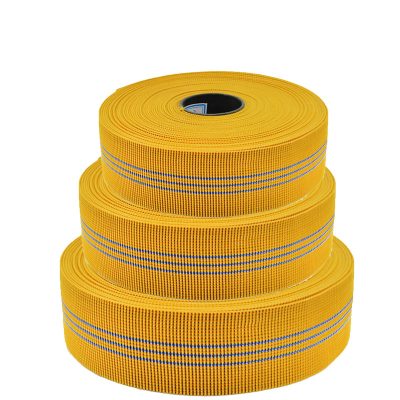The material of the webbing
1. Cotton fiber and hemp fiber
Both cotton fibers and hemp fibers are flammable when they are close to the flame, burning rapidly, the flame is yellow, and blue smoke is emitted. The difference between the odors emitted by the two during combustion and the ashes after burning is that the burning of cotton gives off the smell of paper, and the burning of hemp gives off the smell of plant ash; after burning, cotton has less powder ash, which is black or gray, while hemp produces a small amount of off-white powder ash.
2. Nylon and polyester
Nylon (nylon) scientific name is polyamide fiber, it crimps and melts into a white gel quickly near the flame, it melts and drips and bubbles in the flame. The light brown melt is not easily ground.
The scientific name of polyester is polyester fiber. It is easy to ignite. It melts when it is close to the flame. When it is burned, it melts and emits black smoke. It has a yellow flame and emits an aromatic smell.
3. Vinyl and Chlorine
The scientific name of vinylon is polyvinyl formal fiber. It is not easy to ignite. It melts and shrinks near the flame. When burning, there is a little flame at the top. When the fiber is melted into a jelly, the flame becomes larger, there is thick black smoke, and it emits a bitter smell. After burning, it remains black. Small bead-like particles that can be crushed with fingers.
The scientific name of polyvinyl chloride fiber is polyvinyl chloride fiber. It is difficult to burn, and it will be extinguished immediately after leaving the fire. The flame is yellow, and the lower end is green and white smoke. It emits a pungent, pungent, and sour smell.



















